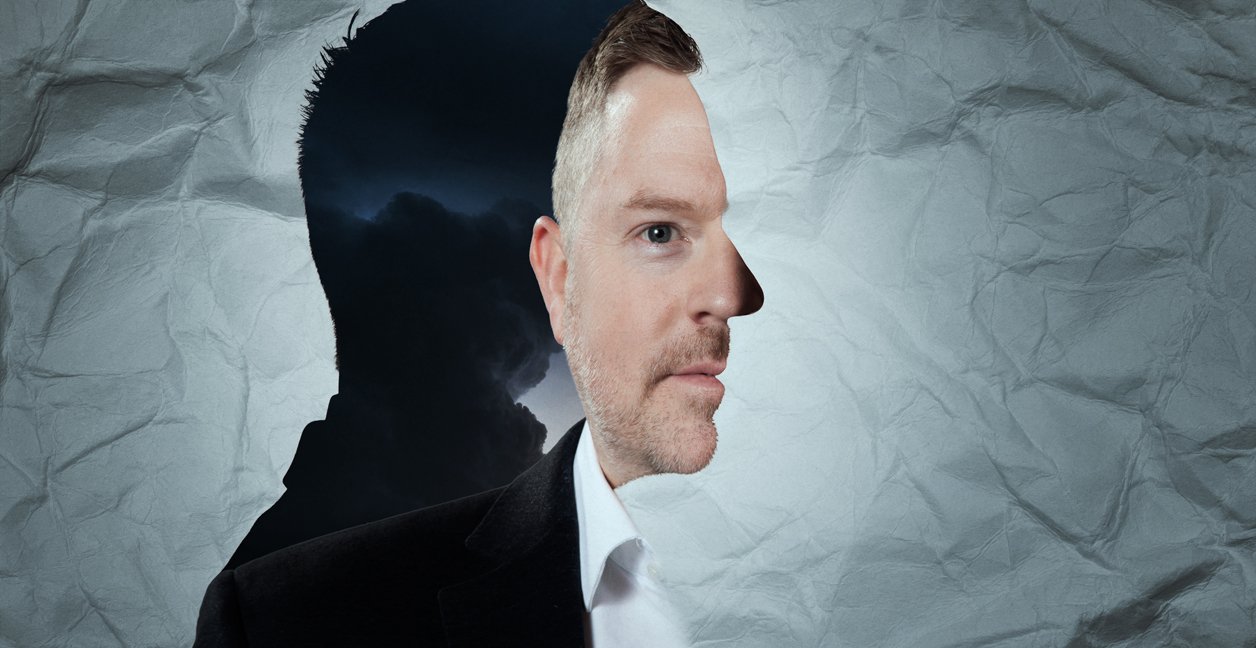The past year has been one of untold upheaval to our collective psyches. The rituals of quotidian American life were virtually upended within a few weeks during the month of March 2020. Retail and restaurant business flickered on and off like light bulbs in the attic; kids as young as five years old were forced into remote learning with overburdened parents hovering in the background juggling a new work environment with home schooling; fear took center stage in our lives while grief and loss became real for millions.
There is no denying that America—and the world for that matter—has been shouldering a lot in the year since our exposure to COVID-19 took hold. And just as the end of the battle against the virus itself begins to near—although no one is yet declaring victory—a second exposure is coming into greater focus: a mental health crisis like none other.

Worth has been leaning into the topic of America’s so-called “double exposure” for several months now, canvassing leaders across the mental health ecosystem, in an effort to glean a more complete picture of what lays ahead, what we should expect and what, if anything, can be done about it.
To get an inside look into how the mental health industry is sizing up these profound changes, I spent two days shadowing and chatting with Dale Cook, the unassuming chief executive officer of Learn to Live, one of the leading digital behavioral health therapy platforms in the U.S., for an expansive conversation about the country’s unmet demand for mental health services, the fast-growing digital mental health landscape and how we should be thinking about America’s mental health challenges going forward.
Famed photographer John Wallace tagged along with me, capturing Cook’s days as they unfolded, using a photography technique that, in line with the theme of the interview, purposefully strives to capture him in double exposure.
Some of Cook’s comments have been edited for brevity and clarity.
Q: Dale, I am glad we finally were able to make this happen. I know it took a few months to get our schedules in sync.
A: I know—and I apologize for that, but it has been an incredibly busy time.
I assume that means it’s a good time to be in the mental health business?
Frankly, I wish we, as an industry, were further along. Well before the pandemic took hold, the nation was already in the throes of a major mental health crisis. There is a lot of very good data that suggests that over 150 million Americans suffer annually from a range of mental and behavioral health issues, yet only one in four seeks out treatment. That’s well over a 100 million “silent sufferers”—people who need or would greatly benefit from therapy but don’t get help due to stigmatization, access, costs or other factors. The pandemic has only exacerbated this towering demand.

I agree. And I can only assume that the 150 million number has gone up quite a bit since the pandemic took hold, which threw so many people’s lives into complete disarray.
Absolutely. It’s still too early to get any accurate data, but it is fair to say that the demand for mental health services has accelerated quite a bit in the past year—and it’s showing no signs of abating. The pandemic has also shined a light on the scarcity of the supply side; there is nowhere near the necessary resources for traditional, in-person support to service these broad-based needs. I think the interesting piece of this is that the accelerated use of digital therapy tools during COVID has provided us with clear proof points that a lot of great work can be done with new, on-demand tools in addition to—or at times in lieu of—in-person support.
Speaking of COVID-19, how was the past year for you and your family?
The past year forced us to confront and overcome a series of cascading challenges. My family and I, like millions across the country, learned how to face unprecedented uncertainties. Fortunately, we have all come through this intact and healthy.
That’s great to hear. How did you deal with the stresses, on a personal level?
I am a big proponent of self-care. For me, that means getting out for a walk or on my bike for a long ride as often as possible—even in the dead of winter, which in Minnesota is a hefty commitment. (Laughing) It’s great exercise, but it also enables me to clear my head and focus.
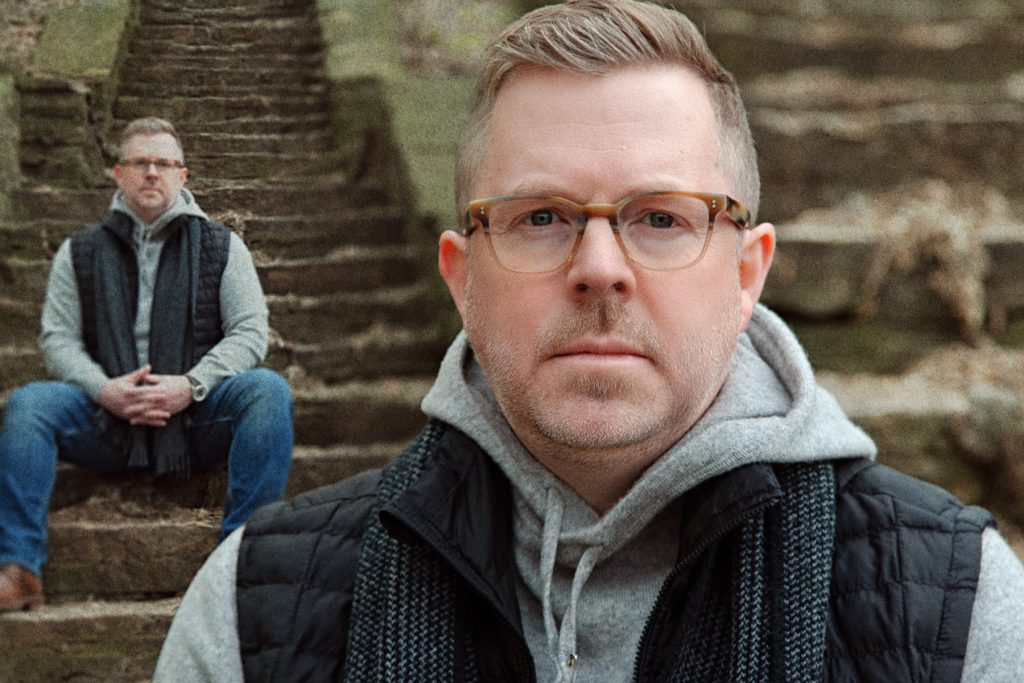
Here in Minneapolis, specifically, you had a lot more going on than just the pandemic.
The murder of George Floyd happened not too far from where we live. That and the recent death of Daunte Wright has sort of placed Minneapolis as one of the focal points for the nation’s long overdue reckoning between structural racism and policing. So yes, COVID-19 has not been the only thing on people’s minds here in Minnesota.
Can you talk about how this ‘reckoning’ has impacted mental health, particularly on communities of color?
I am glad you asked about that. There are quite a few serious studies that have looked at the historical traumas and stress factors affecting many people of color, and in particular African Americans. The National Alliance on Mental Illness has compiled an extensive library of studies that examine how the shared experience of facing racism, discrimination and inequity can significantly impact one’s mental health. It’s still far too early to come to any conclusions based on how these more recent events have affected the psyche of African Americans, but in general it points to generalized trends that this community’s mental health needs are largely unmet and expanding. I should add that the gaps in access are even worse for communities of color; it’s a group that will greatly benefit from better, more accessible technology.
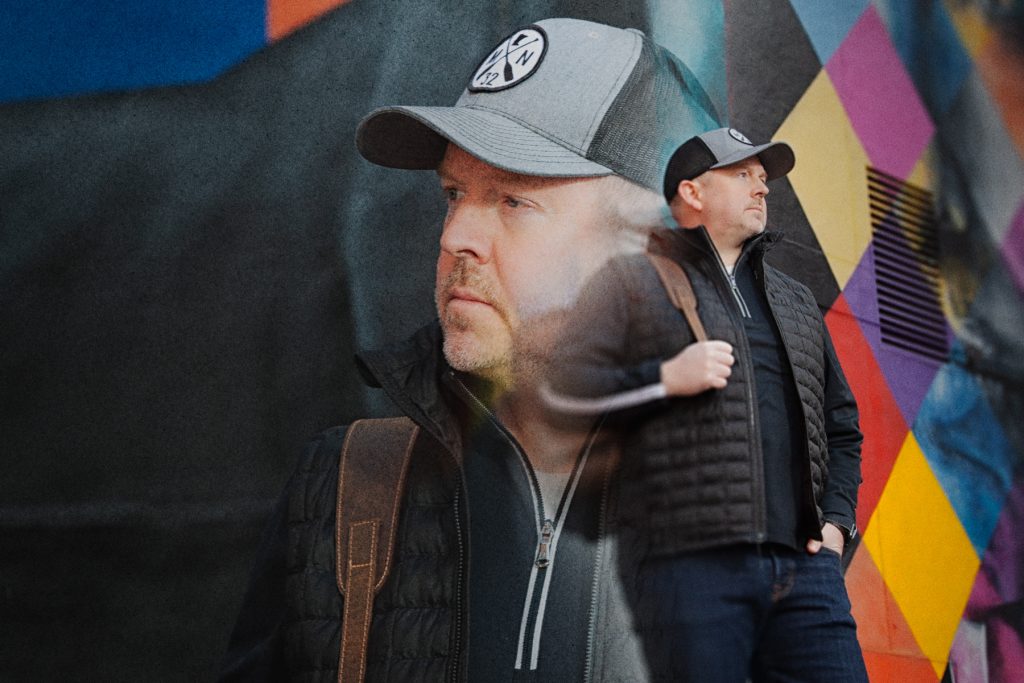
What are some of the biggest impediments to more broad-based deployment of mental health services?
It has long been that the stigma of ‘seeing a therapist’ was one of the biggest deterrents to people seeking out mental health [help]. People were worried that records of visiting a psychologist or a psychiatrist could affect their employment possibilities or have other negative social consequences. With the advent of better teletherapy services and more independent providers, some of that stigma has been reduced. But, unfortunately, much of it still remains, which points us to consumers’ demands for different types of immediate, private and confidential access.
But stigmatization isn’t the only impediment, right?
Correct. In addition to the stigma aspect, there are still other challenges that stand in the way of people getting the care they need. Certainly, the pandemic served as a natural impediment for Americans seeking a broad range of health services, including mental health therapy. The logistics of meeting with a therapist in person was certainly made far more difficult over the year.
Which is why telehealth really took off during COVID.
Yes, but even working through teletherapy access can also create barriers. Scheduling can be an issue. Fortunately, there are a lot of us working in this space to solve these big problems. There is a lot of focus on health care ‘above the neck,’ as we often refer to therapy.
There are simply not enough of trained mental health professionals to go around.
A lot of people tend to think of therapy as a one-on-one endeavor. How do you use technology to offer mental health services at scale while maintaining that intimacy between client and therapist?
First, it is important to be clear that there is no way around the huge imbalance between supply and demand other than for technology to step up to the plate and provide patients with viable tech-driven solutions that augment and, in some cases—depending on the nature and degree of the issue—replace human intervention. There are simply not enough of trained mental health professionals to go around.
But can technology-based therapy really replace human therapy?
Entirely replace? Not yet. Augment and even improve human interaction, most definitely. As long as the technology is rooted in strong, research proven and clinically based fundamentals and is deployed in a way that is engaging, which compels people to actually use it, technology can be extremely effective. But that’s where the rubber hits the road in the digital mental health therapy space. I strongly believe that some people will benefit more from face-to-face therapy, which is why my company, Learn to Live, provides both the digital therapy rooted in clinical and proven technique and 24/7 telehealth services from clinician coaches—both of which are highly integrated into our consumer experience. This magic combination solves a big access problem, ensures clinical efficacy and is a massive unlock for scale. We really have no option; as I said before, there is so much demand and very limited supply.
In other words, there are a lot more Tony Sopranos out there than there are Dr. Jennifer Melfis.
(Laughing) Precisely. Although I believe Dr. Melfi, the character on The Sopranos played by Lorraine Bracco, was a psychiatrist, not a psychologist. But yes, that’s the general gist of what I am saying.
So where does Learn to Live figure into all of this?
We operate in an area of psychology known as cognitive behavioral therapy, more commonly referred to simply as ‘CBT.’ Specifically, what we do is provide comprehensive, self-directed behavioral health mini-courses, master classes and exercises augmented by always-on, live human support. It’s a powerful combination and rather unique in the industry.
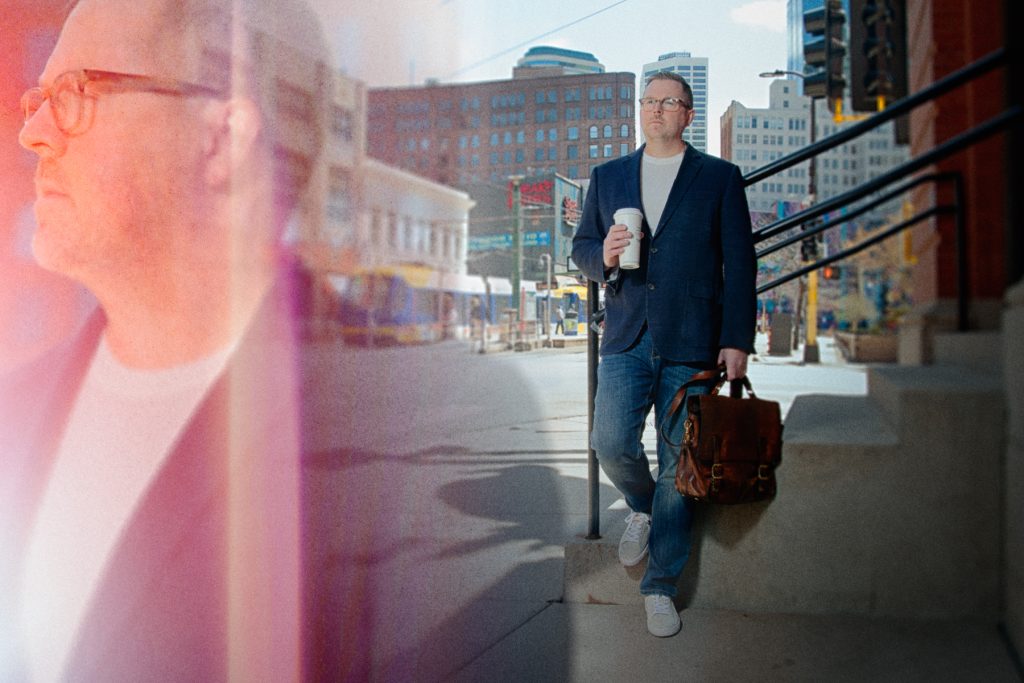
So, is Learn to Live closer to a company like Calm or a company like Teladoc?
Great question. And the answer is neither. Calm and the popular Headspace are apps that are great for what I called “CBT lite”—essentially coaching and resilience building apps that use a garden variety of motivational techniques, breathing tips, meditation and other tactics to help people cope with the ups and downs of daily life. On the other hand, Teladoc, similar to MD Live and Doctor On Demand, are distance medicine platforms. These are essentially technology solutions that enable people in need of medical consultation—including some forms of psychology therapy—remote access to professionals. Of course, I am over-simplifying what they do. To be clear, these are all important companies providing important solutions for sufferers in the face of a large and complex problem. But they are solving for and addressing different demands in the marketplace than we are.
In preparing for this interview, I canvassed a number of well-known experts in the mental health field, and by far, the number one comment that they all shared with me about Learn to Live was your company’s track record for driving successful outcomes. That must be really rewarding to have that kind of reputation.
I am extremely humbled to hear that you received that kind of feedback—are you sure you didn’t speak to my mom by mistake? (Laughing)
Pretty sure.
In all seriousness, our formula for providing access comes down to our digital health platform. Learn to Live is available anytime, anywhere, offering comprehensive CBT tools, rooted in clinically based therapy protocols, plus the live clinician coaching component, when it’s needed. For us, it’s all about how our members want and need to access therapy; and this one-two punch has really generated some astonishing results—outperforming other treatment models including only face-to-face therapy and teletherapy.
That is remarkable.
It really is, but a lot of work has gone into our product. Every aspect, down to the character illustrations we use in our self-guided courses, is rooted in clinical research. We know how to engage patients in a meaningful, bespoke way—ultimately helping them achieve their personal goals.
I love that you worked in the term ‘bespoke’—a much underrated term, in my professional opinion.
(Laughing) We talk about user customization, tailor-made and right-fitting our product so much at our company that we had to hit the thesaurus and find some new words to help us talk about what we do and what really differentiates us!
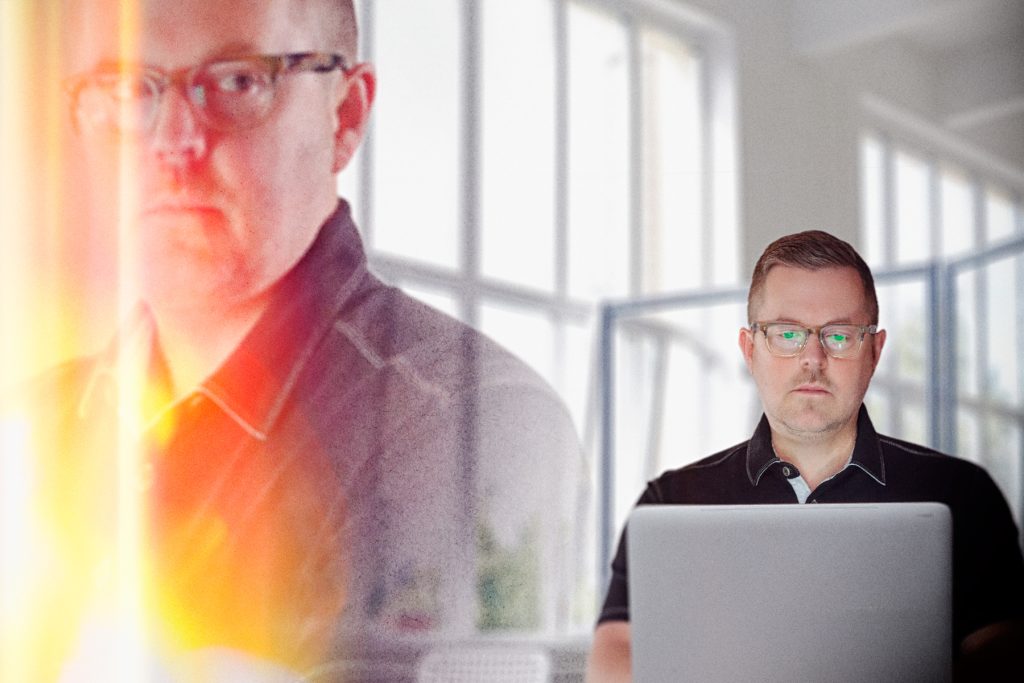
Let’s talk about consumer choice a bit in mental health therapy.
I am so glad you brought this up. I could easily talk about this for hours, but I will spare you. The headline here is that mental health providers need to meet patients and users on their terms, giving them options that put them in the driver’s seat. Self-paced tools, an easy interface, the ability to engage a live coach when needed—these are just some of the features that you really need to perfect to get people on a path where they can access the therapy they need.
Can you give me an example?
Sure. With a self-paced model, you don’t have to engage for an hour straight—you can fit it in where it makes sense. And if you’re feeling motivated to work on your anxiety on a Friday night, there’s no need to wait for that 2 p.m. appointment with your therapist that next Tuesday. And it’s these outcomes which are music to the ears of health plans and employers.
The economic incentives in the private sector to identify and address mental health issues earlier are quite high.
Let’s talk about the economics of mental health services. Who is paying for all of this?
The United States spends well over $100 billion a year on mental health care and well over $600 billion a year on substance abuse issues. Throw in another couple hundred billion in lost wages due to serious mental health disorders, and we’re talking at least a trillion dollars a year in economic output linked to mental health. And these are all pre-COVID numbers I am citing, by the way. So, the economic incentives in the private sector to identify and address mental health issues earlier are quite high.
Is having a solution like Learn to Live something most health plans are looking to offer?
I would say most definitely yes. We work with a lot of the Blue Cross and Blue Shield health insurance plans from around the country—in fact, several of them have invested in us. But it’s also company HR professionals, managers and other executives who want to offer access to proven mental health therapy available to their employees. We work with everyone from Canadian banking giant RBC to General Mills to Sleep Number to the Boston Beer Company, the makers of Samuel Adams.
And how easy is it to measure the economic savings you provide to health plans and employers?
It’s pretty simple math. We look at what they spent per capita on health care costs, sick leave and other inputs before implementing our program and then compare that to after having worked with us for a year and the results are significant. The ROI is real. The real challenge is the sales cycle. We’re not Amazon selling new Weber grills for the summer months ahead. We’re talking 12-18 months sales cycles in many cases, when planning a collaboration with a health plan that will serve millions of their members. But once we’re in, we tend to stay a while. I believe our 97 percent client retention rate speaks volumes for the value they’re realizing through our partnerships.
That’s pretty impressive. Do you think the private sector is bracing for an uptick in mental health demand as we come out on the other side of COVID?
You can bank on that. The long tail of the pandemic will be the mental health trauma that has been inflicted on large swaths of the population. It’s one of the reasons just about every VC in the general digital health space feels they need to have a horse that competes in the red-hot digital mental health arena in their stable.
Sounds like a high growth sector that is going to grow even faster in the year ahead, in part due to the impact of COVID-19.
Correct. Investors also understand that face-to-face health care is expensive and that digital tools enable scale, create better unit economics, while driving better outcomes. The more we can optimize both, the more we can afford good solutions. Everyone—the government, the private sector, hospital systems—worries about the growing costs of health care.
That’s the so-called ‘Holy Grail’ in health care.
You hear a lot about health care’s ‘triple aim’—improving the experience of care, improving the health of populations, and reducing per capita costs of health care. I think what we do is really meeting that standard.
Many experts believe that we will be dealing with the emotional and psychological aftereffects of the pandemic for years to come. Many say the echoes of COVID-19 could reverberate for an entire generation or more.
I think they’re right. We’re thinking about the future of Learn to Live and its long-term strategy on a frequent basis. While the ‘long tail’ may continue to present specific challenges, such as loss and grief beyond 2021, we also have to remember that clinical depression, anxiety and other conditions will continue long after the virus is brought under control. Because many Americans are dealing with or addressing mental health challenges for the first time in their lives as a direct or indirect result of the coronavirus, we are also expanding our programs and adding new languages, to increase access to additional communities.
The long tail of the pandemic will be the mental health trauma that it has inflicted on large swaths of the population.
How do expect health plans and reimbursement of mental health services to change over the next 12 months?
I wish I had a crystal ball, and I could be more precise in my answer, but fortunately, many employers and health plans are currently reevaluating the needs of their communities and understand that it’s no longer enough to offer basic health insurance. We’re seeing many highly empathetic and engaged employers taking on solutions that go beyond supporting the traditional ‘physical health’ of their employees. We expect mental health reimbursement and services to be standard within the next three years at all mid to large scale U.S. companies. It’s changing quickly.
Let’s talk about grief therapy. Many of those who suffered the loss of loved ones never really had time or occasion to properly grieve. Talk about the role digital mental health platforms play in helping people deal with these issues—when very few other resources may be available?
Mental health support can be extremely effective for individuals who are struggling with grief. While some people are able to manage grief with the support of family and friends, others may need extra help. While a loved one’s death from COVID-19 can be devastating for family and friends, grief related to the pandemic can take other forms as well. Millions of Americans are observing social distancing and isolating at home to reduce the spread of the virus. Dealing with the loss of regular contact with family and friends can trigger symptoms of loneliness and depression. Working remotely can also be difficult for those who are used to spending time with co-workers in shared space. Grief comes in all forms and can be a very personal journey. Learn to Live has a suite of tools that can offer some relief for those struggling with loss and grief.
How do you think we will remember 2020?
As a nation, I believe we’ll look at the events of 2020 for decades to come as a pivotal moment of change. People often ask, somewhat rhetorically, when will our country get back to normal again? I hate to break it to you, but it may never get back to normal.
Talking about a ‘new normal’ is just a euphemism for ‘totally and completely different.’
People like to talk about the ‘new normal.’
Right, and talking about a ‘new normal’ is just a euphemism for ‘totally and completely different.’ Look, we faced a deadly pandemic that has claimed hundreds of thousands of lives, a severe economic collapse, unemployment, racial and social unrest and an extremely divisive presidential election. We need to ask ourselves what our new normal should look like. This also goes for how we should view and support mental health moving forward.
Do you think that COVID-19 and the emotional toll in its wake has accelerated the de-stigmatization of mental health?
We’ve all gone through something I often refer to as a ‘double exposure.’ First, we had exposure to the virus and its far-reaching impact, and now the exposure to the mental health issues that have come in the pandemic’s wake. Overall, COVID-19 certainly generated more discussion about mental health issues in general. Unfortunately, we still have work to do to eliminate the stigma, but the more we talk about it, the more mainstream it will become. More than 50 percent of Americans will be diagnosed with some form of mental health issue in their lifetime. We need to be able to talk about it.
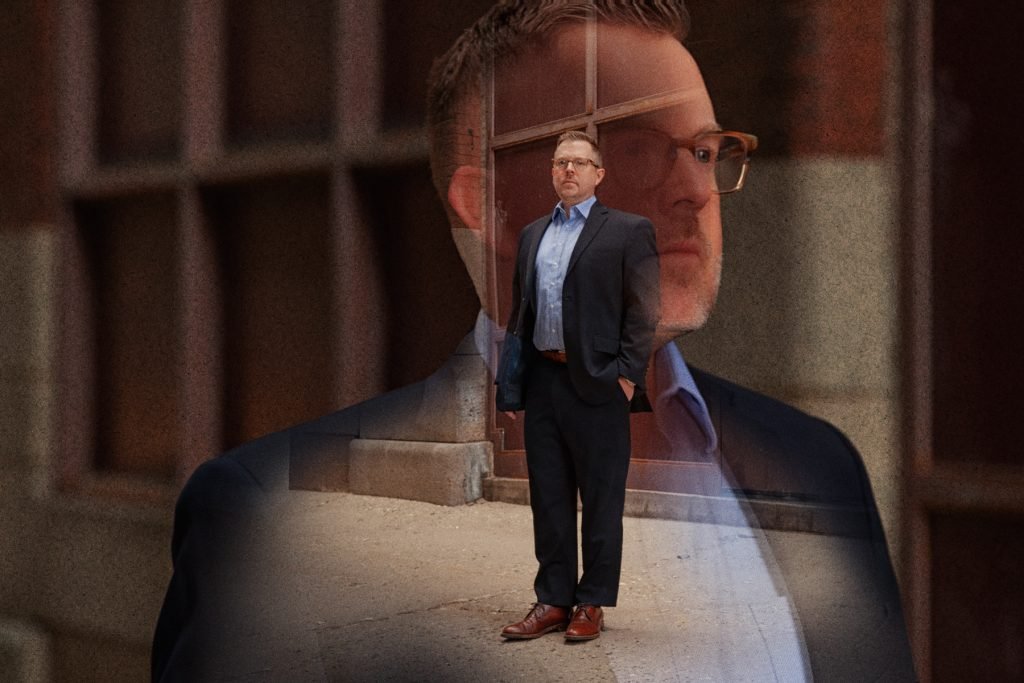
Do you think we’ll ever get to a point where we’re talking about preventative services for mental health?
It’s a great question. We know there are several ways to boost and promote good mental health. Most people think of exercise as the best way to maintain physical health, and they’re not wrong. Staying active and working out on a regular basis has also been shown to improve mood. Other factors at play include getting enough sleep and sticking to a consistent sleep schedule. Even spending time outside in nature can have beneficial effects. If individuals can use their non-crisis moments to build behavioral health practices and tools, then, if and when they hit a crisis, they will be better prepared to address it. It’s about stress inoculation and resilience. As a society, I hope we get to a place where practicing good mental health is as encouraged and normalized as going to the gym for physical health or getting a good night’s rest.
Aside from destigmatizing therapy, how do you think the pandemic will change the way we look at mental health in the long term?
Care delivery is already undergoing transformational change and the biggest vector for that change is connectivity. To be fair, the video conference was a familiar tool in the toolbox prior to the coronavirus, but now it’s essential. ‘Zoom’ became a verb. Virtual therapy and telehealth are now mainstream. That trend towards distance medicine is quickly normalizing the idea of digital CBT.
I have been following you around for two days straight. You never stop.
There is a lot of work to do in the mental health space. The work never ends.

